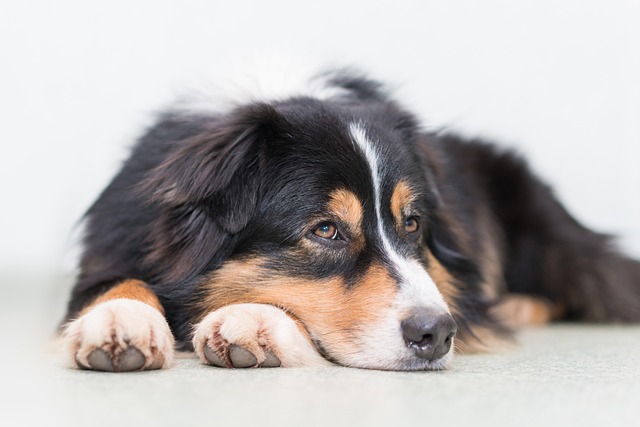
How do i train my dog to be obedient?
Watching your dog dart across the park ignoring your calls isn’t just frustrating—it can put them at risk near busy streets or public spaces.
Coming home to a dog that growls, lunges, or shows teeth is heart-breaking. Aggression isn’t just scary—it can strain the bond you want with your furry friend. But here’s the good news: with patience, the right approach, and sometimes professional help, many aggressive dogs can learn to trust and relax.
First, it’s crucial to understand why your dog acts aggressively. Fear, territorial instincts, or past trauma could be triggers. A rescue dog that’s been mistreated might snap out of anxiety, while a new puppy could show aggression if it’s not properly socialized. Just like humans, dogs act out when they feel threatened. Observing your dog’s body language and noting what sets off the aggression helps you address the root cause.
Never try to “dominate” an aggressive dog with physical force. Old-school methods like alpha rolls or yelling can make things worse, increasing fear and aggression. Instead, focus on positive reinforcement. When your dog stays calm in a situation that usually triggers aggression—like seeing another dog—reward them with high-value treats, praise, or a favorite toy. It’s all about teaching them that good things happen when they keep their cool.
 Professional help is often a game-changer. A certified dog behaviorist or trainer who specializes in aggression can create a personalized plan. They’ll teach you techniques like desensitization and counterconditioning, gradually exposing your dog to triggers while pairing them with something positive. In some areas, local animal shelters or rescue groups offer affordable training programs. Just make sure any professional you hire uses humane, science-based methods.
Professional help is often a game-changer. A certified dog behaviorist or trainer who specializes in aggression can create a personalized plan. They’ll teach you techniques like desensitization and counterconditioning, gradually exposing your dog to triggers while pairing them with something positive. In some areas, local animal shelters or rescue groups offer affordable training programs. Just make sure any professional you hire uses humane, science-based methods.
When living with an aggressive dog, safety comes first. Follow local leash laws and keep your dog on a secure collar or harness in public. In some places, there are specific regulations for dogs labeled as “dangerous,” including requirements for liability insurance or muzzling in public spaces. Always warn others about your dog’s behavior—hiding the issue puts everyone at risk.
Socialization needs to be carefully managed. Instead of throwing your dog into crowded dog parks, start with controlled introductions to calm, friendly dogs. Short, positive interactions can slowly build confidence. You might also consider enrolling in a dog training class designed for reactive dogs, where trainers can guide you through safe social situations.
Remember, progress takes time. There will be setbacks, but every small victory counts. Whether it’s your dog letting you pet them without growling or calmly passing another dog on a walk, celebrate those moments. With consistent training, a supportive environment, and lots of love, you can transform your aggressive dog into a more relaxed, happy companion.

Watching your dog dart across the park ignoring your calls isn’t just frustrating—it can put them at risk near busy streets or public spaces.

New puppy owners often find themselves rushing to clean up accidents before they set in, and that’s where puppy pad training becomes a game-changer.

If you've noticed your dog's waistline disappearing and your veterinarian has mentioned those few extra pounds, your first instinct might be to simply reduce the amount of food in their bowl.

Training a dog to use a designated spot indoors isn’t as daunting as many new owners fear, but it does take consistency and an understanding of your pet’s needs.

That moment of dread on a walk is all too familiar for many new dog owners. You see another dog approaching down the sidewalk of your neighborhood

If the sight of another dog on your neighborhood walk makes your heart sink as your own dog erupts into a frenzy of barking and lunging, you're not alone.